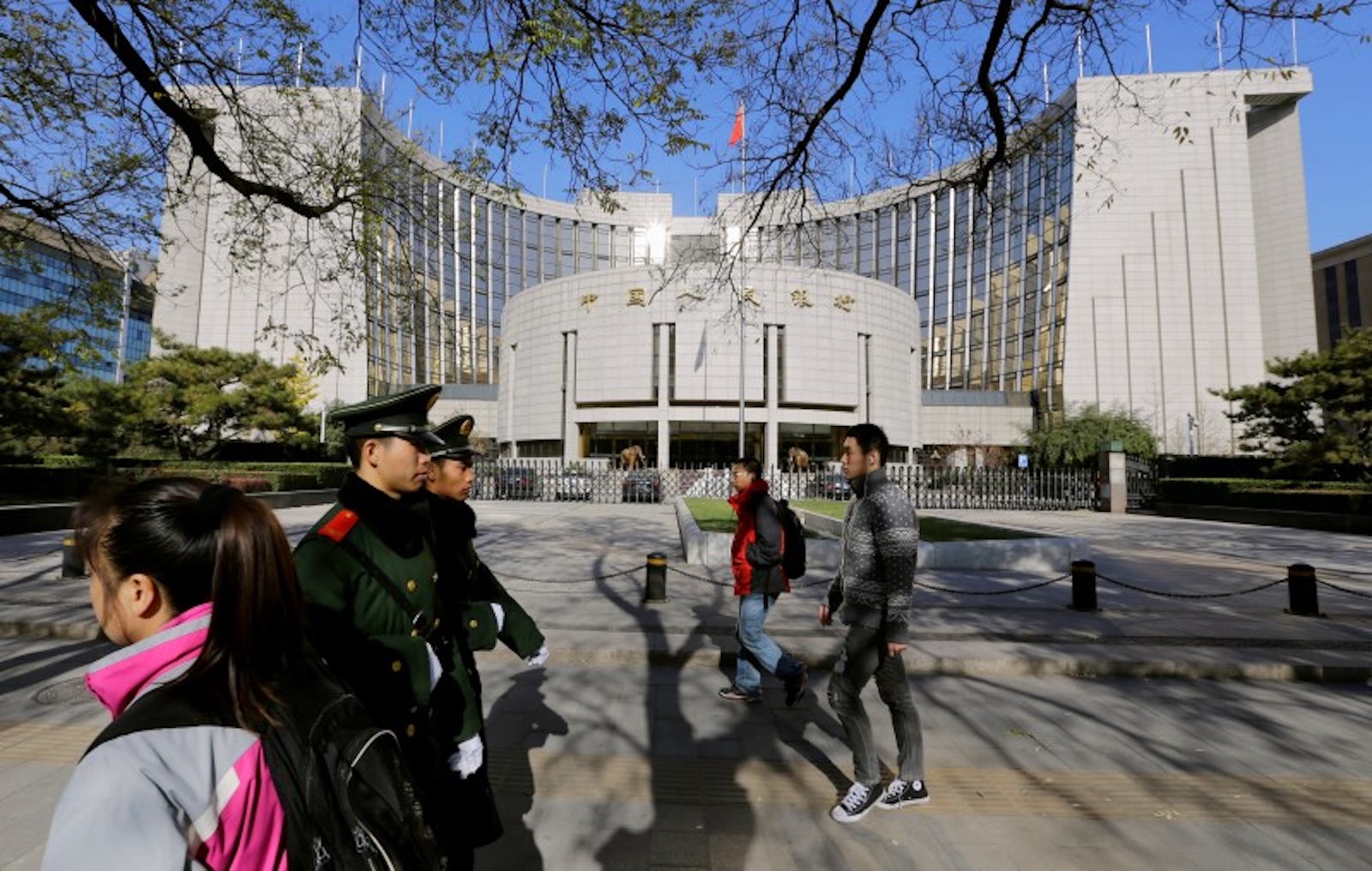(ATF) China’s central bank may have been secretly buying government bonds in the market, but it doesn’t have to – given the ample policy space and options in its tool kit.
There has been speculation that China has embarked upon a campaign of quantitative easing after a China Central Depository & Clearing Co report showed China government bonds held by “other institutions”, which include the People’s Bank of China (PBoC) and other quasi-government agencies, in the China Interbank Bond Market (CIBM) surged to 1,785 billion yuan in July from 1,589 billion in June. The rise of 196 billion yuan last month dwarfed the 24 billion increase in June.
“We see a possibility that the PBoC may have purchased CGBs recently, although we need more data, especially the July data of the PBoC’s balance sheet, which will be released in late August to verify this,” Nomura Chief China Economist Ting Lu said.
He said the law prohibits the central bank from buying government bonds in the primary market, but it can buy these in the open market.
“Given the severe hit from Covid-19 and massive bond issuance schedule this year, we maintain our view that the PBoC may need to purchase some CGBs to accommodate Beijing’s stimulus package.”
But with the hefty cushion in terms of the extent to which the benchmark interest rate and the reserve ratio requirement (RRR) could be lowered by the PBoC, analysts do not see this as a key easing tool.
“It will be a one-off thing if the PBoC is making CGB purchases. China has plenty of room to carry out traditional monetary policy easing, so it doesn’t really need to do QE,” Natixis economist Gary Ng said.
“Besides rate cuts, RRR cuts it can open liquidity taps in other ways as well,” he said, referring to the cuts in MLF and repo rates.
Shadow banking
He said the current tightness in liquidity – the 3-month SHIBOR has risen to above 3% from last month’s lows of just above 2% – has been on account of its crackdown on shadow banking.
And this has been effective so far.
July data showed shadow banking activities decreased as new yuan loans were only 992.7 billion yuan in July, falling from 1,810 billion a month ago. Aggregate financing dropped to 1,690 billion yuan for the same period, decreasing from 3,430 billion in June.
“Both numbers were the lowest growth numbers since February 2020 when banks were closed for the Chinese New Year holiday,” said Iris Pang, ING Bank’s Chief Economist for Greater China, while adding that this was also a signal to let the market know that it won’t be easing any more this year.
But others say the Chinese central bank is only pausing as it keeps some powder dry.
“The PBoC also remains committed to minimising borrowing costs and ensuring ample liquidity in the onshore interbank market. However, room for further rate cuts in the coming months are limited due to alarm bells raised over liquidity spillage outside of the real economy into risky assets,” Jinny Yan, Chief China Economist at ICBC Standard Bank, said.
She said a further 10-20bps drop in 1yr MLF/LPR by year-end is still possible, but such policy ammunition is likely to be reserved until growth momentum shows early signs of sluggishness.
























